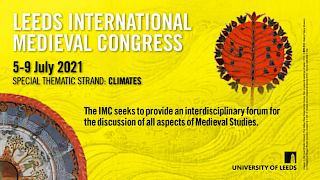№ 1: Borders of the otherworld: Warrior maidens, mounds, and ancestral swords in The Lord of the Rings and in the Old Norse Hervarar Saga
Jan A. Kozák The Old Norse Hervarar Saga is unique among the so called fornaldarsögur (‘sagas of antiquity’) for a number of reasons; e.g., it is the only saga named after a female heroine — Hervör — who is a warrior disguised as a man; the saga also contains some of the oldest poems of the eddaic type with toponyms and anthroponyms dating back to the Migration Period; and it also contains the only attested collection of riddles from the Old Norse literature. These are probably some of the reasons why Christopher Tolkien chose to work on this saga as a subject of his master’s thesis. I followed his footsteps and prepared a two-volume bilingual edition (Old Norse/Czech) while doing my PhD. in Prague. In my commentary to the saga I thoroughly analysed many topics that connect the saga to the Tolkien opus. In my presentation I will focus on one specific scene in the saga, which unites three motifs found also in the LotR: waking of a mound-ghost, female presenting herself as a male warrior, and an ancestral sword which serves as symbol of a bloodline and its fate. I will show how are these motifs integrated into the structure of the saga and compare that to the role of the motifs in The Lord of the Rings in an attempt to shed light on the possible contexts of Tolkien’s imagination.
